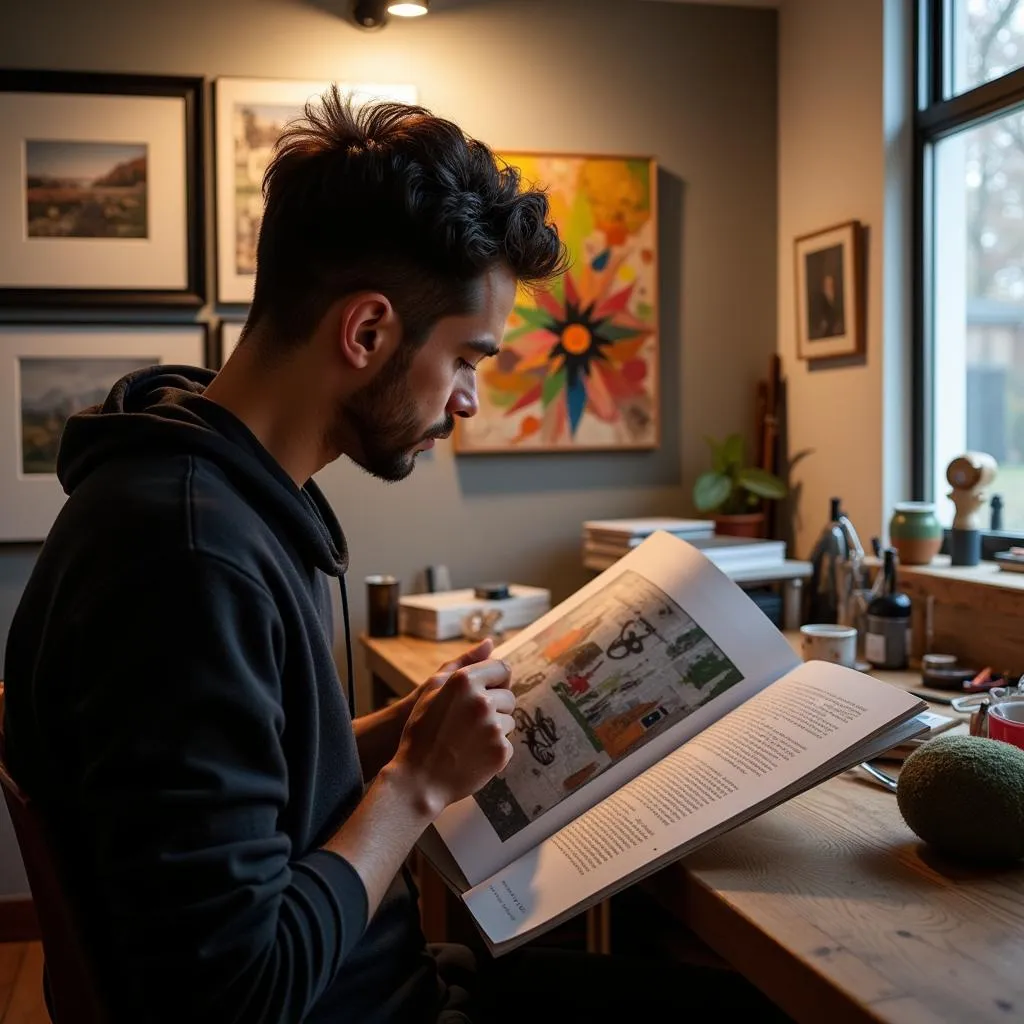Unleashing the Darkness: A Deep Dive into Venom Cover Art
Venom, the sinister symbiote, has captivated comic book fans for decades with its terrifying presence and twisted morality. And what better way to capture this menacing allure than through striking cover art? Venom Cover Art is more than just an illustration; it’s a portal into the symbiote’s world, a glimpse into its chaotic nature and the constant struggle between its monstrous instincts and the humanity of its host.
The Evolution of Venom’s Visual Identity
From its inception, Venom’s visual representation has been a playground for artists to explore the darker side of the superhero genre. Early depictions focused on the symbiote’s grotesque features—the gaping maw filled with razor-sharp teeth, the long, prehensile tongue, and the piercing white eyes—creating a sense of primal fear. Over time, artists began to experiment with the symbiote’s fluidity, using dynamic poses and exaggerated anatomy to convey its unpredictable and deadly nature.
The Psychology of Fear: Using Color and Composition
Color plays a crucial role in establishing the mood and tone of Venom cover art. Dark, brooding hues like black, purple, and green dominate the palette, reflecting the symbiote’s sinister nature and its association with shadows and the night. These dark colors are often juxtaposed with stark contrasts of white or red, representing the symbiote’s teeth and tongue, to create a sense of unease and highlight its predatory nature.
The composition of Venom cover art is equally important in conveying its themes of power and chaos. Dynamic angles and perspectives draw the viewer’s eye to the symbiote’s imposing figure, while elements like shattered glass and distorted backgrounds enhance the sense of danger and unpredictability.
More Than Just a Monster: Exploring Venom’s Duality
While Venom is often depicted as a terrifying antagonist, its cover art also reflects the complex relationship between the symbiote and its host. Artists often use body language and facial expressions to hint at the internal struggle between the two entities. The host’s humanity might be visible through Venom’s eyes, or their struggle for control might be conveyed through a contorted pose. This duality is what makes Venom such a compelling character, and it’s a theme that continues to be explored in innovative ways through its cover art.
Beyond the Page: Venom’s Influence on Pop Culture
Venom’s striking visual design has transcended the pages of comic books, leaving its mark on various aspects of pop culture. From blockbuster movies to video games, clothing, and merchandise, Venom’s image has become instantly recognizable, solidifying its status as a cultural icon.
The enduring appeal of Venom cover art lies in its ability to capture the essence of this complex and terrifying character. By skillfully blending elements of horror, action, and psychological drama, artists continue to push the boundaries of visual storytelling, ensuring that Venom remains a captivating figure for generations to come.


